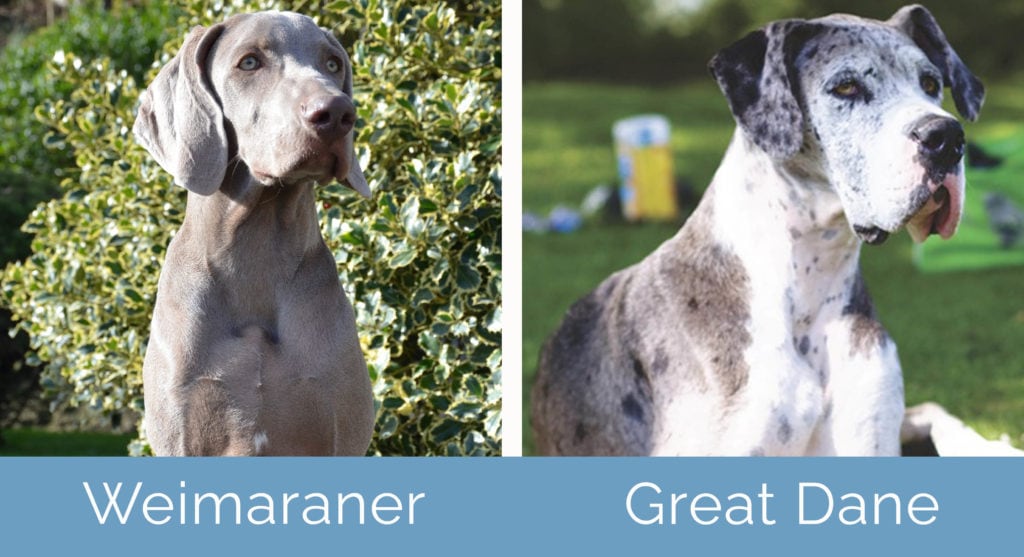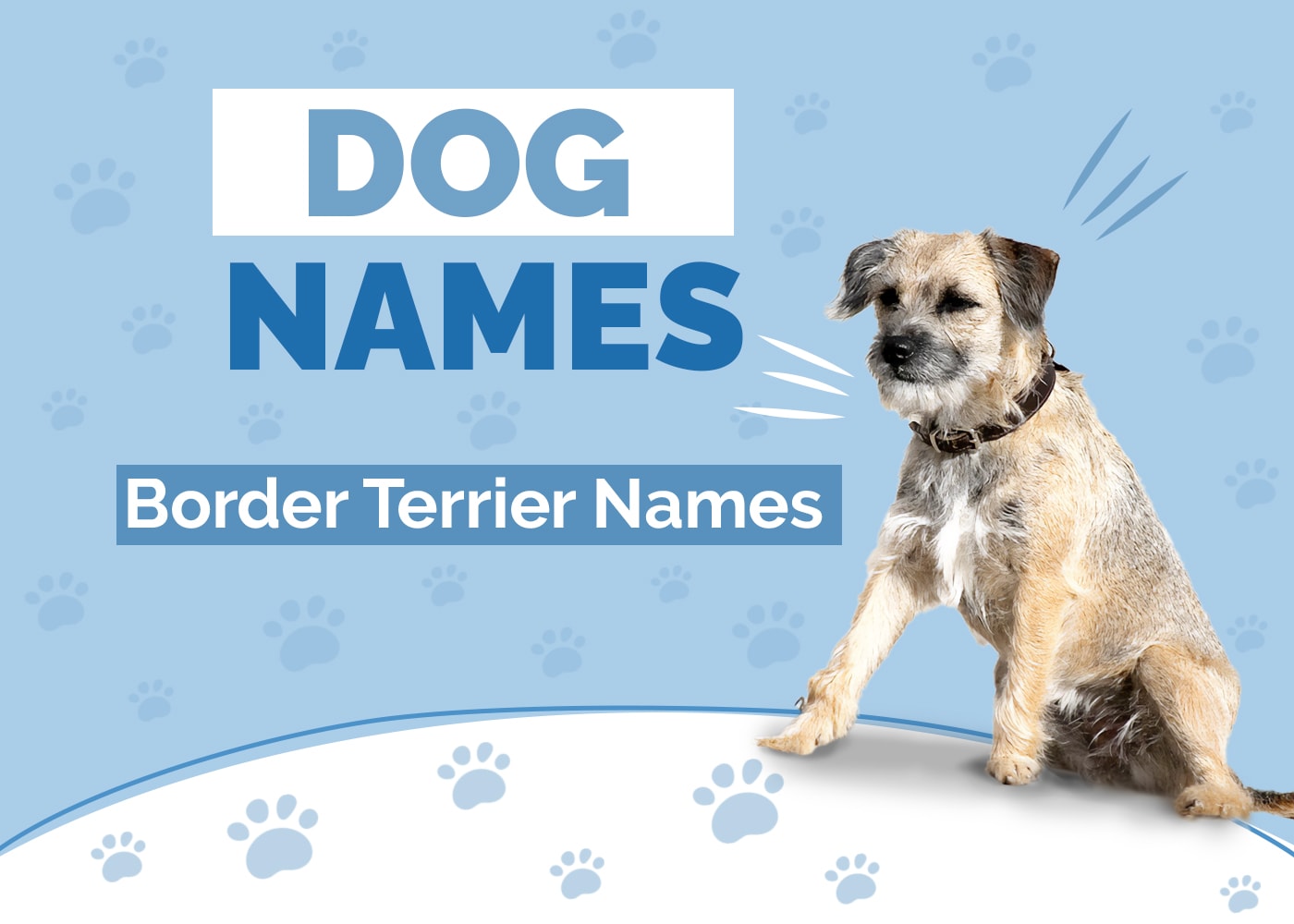Weimaraner vs. Great Dane: How Do They Compare? (With Pictures)

Updated on
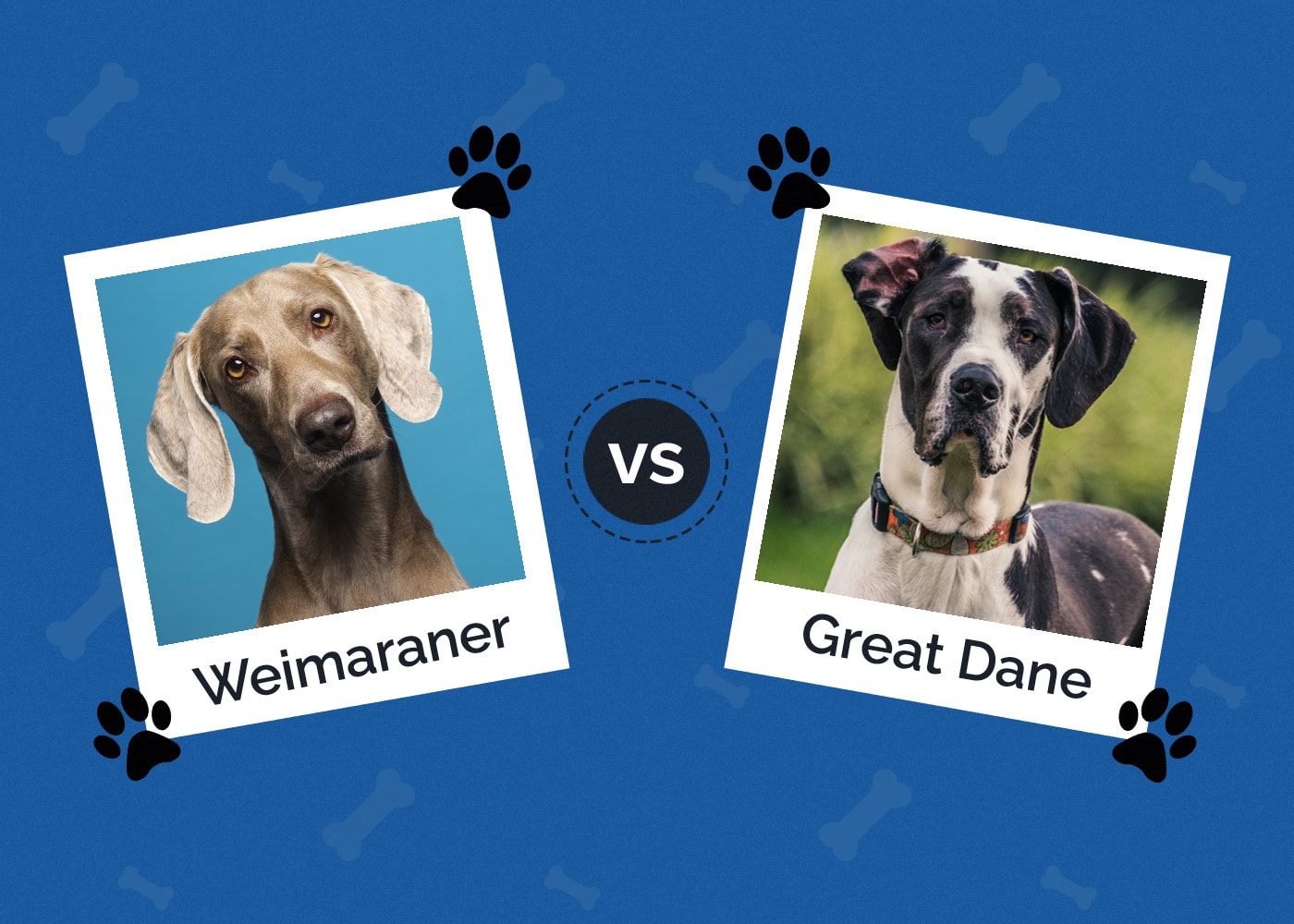
Despite their shared birthplace and the fact that they both started as hunting dogs, the Weimaraner and the Great Dane are quite different dog breeds.
Known as the “Gray Ghost,” the Weimaraner is the smaller of the two breeds and is fierce and obedient. They’re also younger, having been introduced in the early 1800s by German aristocrats. Although they started out hunting big game animals, they have since been refined for small game and as companion dogs.
Also called “The Apollo of Dogs,” the Great Dane is renowned for being the biggest but gentlest dog breed. Despite their name, they have no ties to Denmark, and their roots are firmly planted in Germany. They were first developed for boar hunting, though their aggression has since been tempered to make the gentle giant that we know today.
To properly introduce you to these two breeds and how different they are, this guide will explain their care requirements, exercise needs, and temperaments.
Visual Differences
At a Glance
- Average height (adult): 25–27 inches (male), 23–25 inches (female)
- Average weight (adult): 70–90 pounds (male), 55–75 pounds (female)
- Lifespan: 10–13 years
- Exercise: High, requires plenty of running space and walks
- Grooming needs: Low, moderate shedder
- Family-friendly: Yes, but can be too energetic around toddlers
- Other pet-friendly: Often chases animals like cats and smaller dogs
- Trainability: Intelligent and eager to please but requires consistency
- Average height (adult): 30–32 inches (male), 28–30 inches (female)
- Average weight (adult): 140–175 pounds (male), 110–140 pounds (female)
- Lifespan: 7–10 years
- Exercise: Moderate, 2–3 walks a day
- Grooming needs: Low, moderate shedder
- Family-friendly: Yes, gets along with children
- Other pet-friendly: Yes, especially when properly socialized
- Trainability: Eager to please
Weimaraner Overview
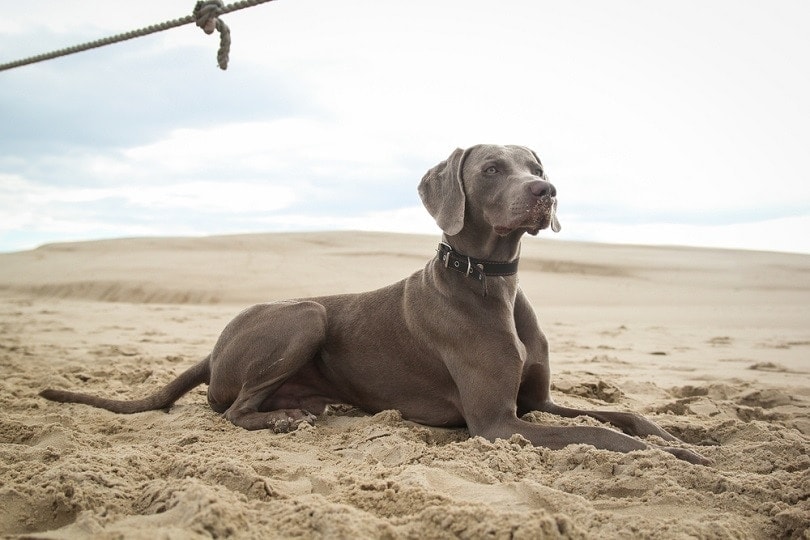
In Germany during the early 19th century, Grand Duke Karl August set about developing a gun dog that would assist during hunts for bears, deer, mountain lions, and wolves. He held court in Weimar and crossed Bloodhounds with other breeds of German and French descent until he produced the Weimaraner, or Weimar Pointer. Despite being intended for big game animals in the Thuringian Forest, they were gradually adapted for smaller prey.
Although the breed was originally kept a secret by the German aristocracy and breeding was controlled by an exclusive Weimaraner club founded in 1897, the Weimaraner was introduced to the U.S.A. in the late 1920s. After they were registered by the AKC in 1943, their popularity among American families and hunters skyrocketed in the 1950s.
Exercise and Training
Gun dogs have a large amount of energy to enable them to keep up with their prey in the field, and the Weimaraner is no different. They’re highly energetic with plenty of stamina and need plenty of activity to keep their body moving and their brain active. This can be a challenge for less active families.
The Weimaraner requires consistent training and socialization to ensure that they understand how to behave. Due to their natural vigilant nature and protectiveness, they can be aggressive toward strangers if they’re not socialized properly. During training, they need firm but gentle commands and plenty of positive reinforcement to keep their attention.
You should start training them when they’re a puppy and continue to reinforce good behavior throughout their lifetime. Avoiding exercise immediately before or after eating for 30–60 minutes will help reduce the risk of bloat.
Personality
The Weimaraner might be a sporting breed but they’re also family oriented. They love to be around people they consider their own and can suffer from separation anxiety if you leave them unattended for too long.
As a highly intelligent breed, they’re renowned for being easy to train but can get into all sorts of mischief when they’re bored. Weimaraners can be destructive and sometimes aggressive if they’re not kept suitably entertained and active.

Health
Large breed dogs generally don’t live as long as small breeds, although the Weimaraner does have a longer average lifespan than the Great Dane. They’re a mostly healthy breed, especially if you purchase from a reputable breeder, but there are a few ailments that the breed is prone to:
- Entropion
- Hip dysplasia
- Bloat
- Hypothyroidism
The biggest issue that these dogs face is bloat, which is a life-threatening condition that can develop suddenly. Symptoms include restlessness, pacing, swollen abdomen, retching, excessive drooling, rapid breathing, and collapse. You’ll need to visit a veterinarian if your dog shows these symptoms.
Suitable for:
Backed by their hunting history, the Weimaraner is a fearless but friendly breed. They are loving and well-suited to active families, including those with children. However, they are still excellent hunters, and their prey drive leads them to chase animals smaller than them. Although they do get along with similar-sized dogs, they’re not the best-suited companions for cats or smaller dog breeds.
The Weimaraner can also be too energetic around toddlers and might be better matched with older children. Overall, though, the breed is intelligent and will vigilantly watch over their family members to keep them safe.
- Affectionate
- Good with children
- Suitable as a gun dog or companion
- Eager to please
- High-prey drive makes them prone to chasing small animals
- Requires plenty of exercise
Great Dane Overview
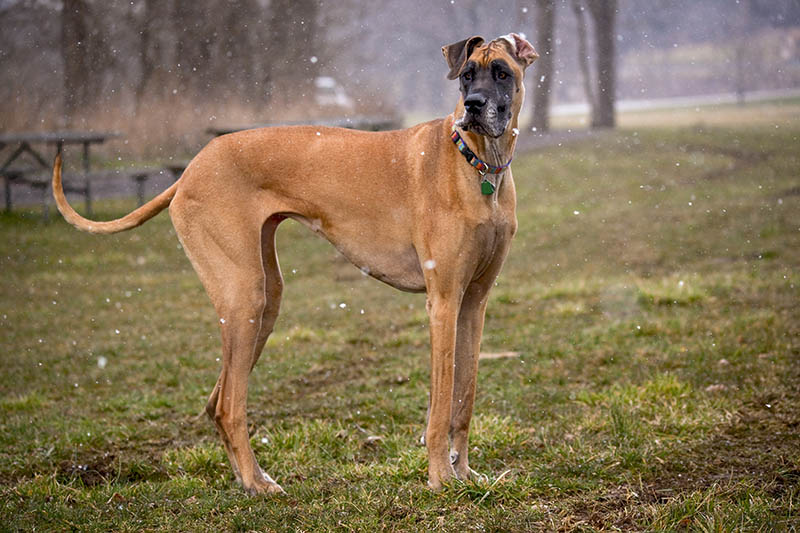
Originally known as Boar Hounds, the Great Dane is a much older breed than the Weimaraner and dates back to the 1600s. There are also records of dogs with a similar appearance as far back as 3000 B.C. on Egyptian artifacts. The breed truly came into its own during the 16th century, when the Germans developed the breed to hunt wild boar, though the aristocracy soon began keeping them as family pets instead.
It wasn’t until the 1800s that German breeders began focusing on breeding out the naturally aggressive and fierce temperament of the boar-hunting dogs. The Great Dane that we know today benefits from this refinement and despite their massive size, is the most beloved gentle giant in the dog world.
Exercise and Training
Although their size makes them seem like they need a similar amount of exercise to the Weimaraner, the Great Dane is actually less active. They love to play but don’t require as much of a run as the smaller German breed. For the Great Dane, two walks a day and a yard to explore are often more than enough. However, you should avoid strenuous activity until they’re at least 18 months old to provide ample time for their bones to develop.
They do have similar training requirements, though. While they’re not aggressive, they often believe that they are smaller than they are, and their size gives them great strength. Obedience training and socialization are essential when it comes to teaching these dogs how to behave.
Fortunately, the Great Dane is eager to please and easy to train with the right methods. Use consistent commands and positive reinforcement.
Personality
Temperament-wise, Great Danes are softer than their massive appearance makes them appear. They can be protective if they sense that their family members are in trouble, but overall, they’re a friend of the world.
Since their natural aggressiveness was bred out of them during the 18th century, they’re unlikely to make good boar hunters like their distant ancestors, but their gentleness means they’re perfect companion animals. The Great Dane also tends to believe that they’re small dogs and will often try to sit on your lap for a cuddle.
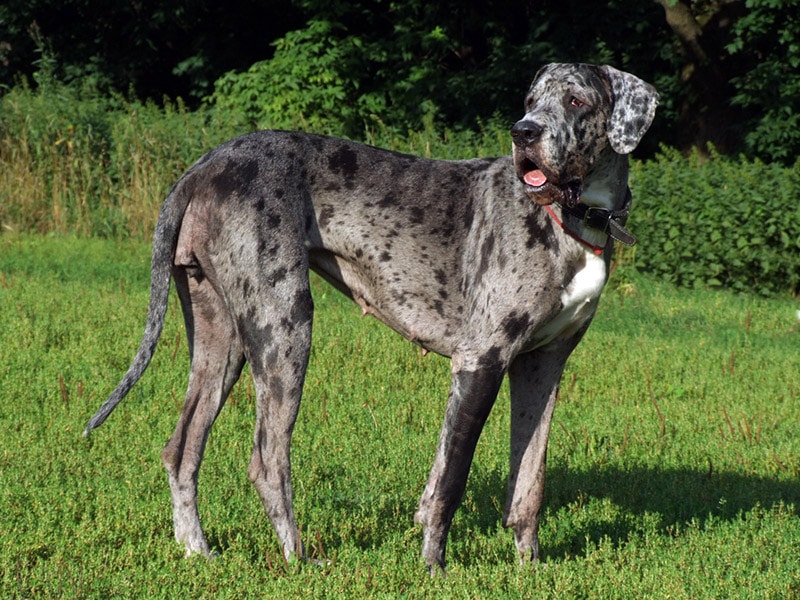
Health
The Great Dane has a shorter average lifespan than the Weimaraner, only about 7–10 years. They do, however, share many of the same health issues and a few unique to the breed. Due to their size, they can also be prone to joint damage as they grow, and you’ll need to be careful about their activity levels until they’re about 2 years old.
- Bloat
- Hip dysplasia
- Wobbler syndrome
- Degenerative lumbosacral stenosis
- Happy tail syndrome
- Dilated cardiomyopathy
Similar to the Weimaraner, the Great Dane is incredibly susceptible to bloat. You’ll need to avoid exercise for about 1–2 hours after a meal and feed your Great Dane small meals throughout the day.
Suitable for:
Unfortunately, the sheer size of the Great Dane often makes them unsuitable for small city apartments or houses. They need plenty of space, and a fenced yard can help give them enough room to play.
Despite this, they’re one of the friendliest dogs in the world and match well with families and other pets. Although they can accidentally bowl over young children and should always be supervised together, Great Danes are intimidating goofballs. To make sure these dogs know how to behave, they need an owner dedicated to their training and socialization.
- Gentle giants
- Friends of the world
- Less energetic than the Weimaraner
- Eager to please
- Size makes them expensive
- Prone to developing bloat
- Too big for many small apartments
Which Breed Is Right for You?
Choosing a dog is a challenge, perhaps more so when you’ve narrowed your choices down to the Weimaraner and the Great Dane. Despite their similar starts in life — both having been bred for hunting big game — they are quite different dogs today.
Both dogs require training and socialization to teach them how to behave. They need firm, consistent commands and plenty of positive reinforcement but are both eager to please and generally easy to train. However, the Weimaraner’s intelligence and greater energy levels can make it difficult to keep their attention. Keep training sessions short and fun.
Overall, both breeds are friendly and well-suited to family life. The Weimaraner isn’t the best around smaller pets because they retain their high prey drive. They have been known to chase and kill smaller animals. Conversely, the Great Dane is a friend to humans and other pets, especially when they’re socialized properly as they grow.
For more active families with no other pets or limited space, the Weimaraner is a good choice, while the Great Dane suits larger homes and less-active families.
See also:
- German Shorthaired Pointer vs Weimaraner: The Differences (With Pictures)
- Weimaraner vs Doberman: The Key Differences (With Pictures)
Featured Image Credit: (L) Leoniek van der Vliet, Shutterstock | (R) Earl Wilkerson, Shutterstock

